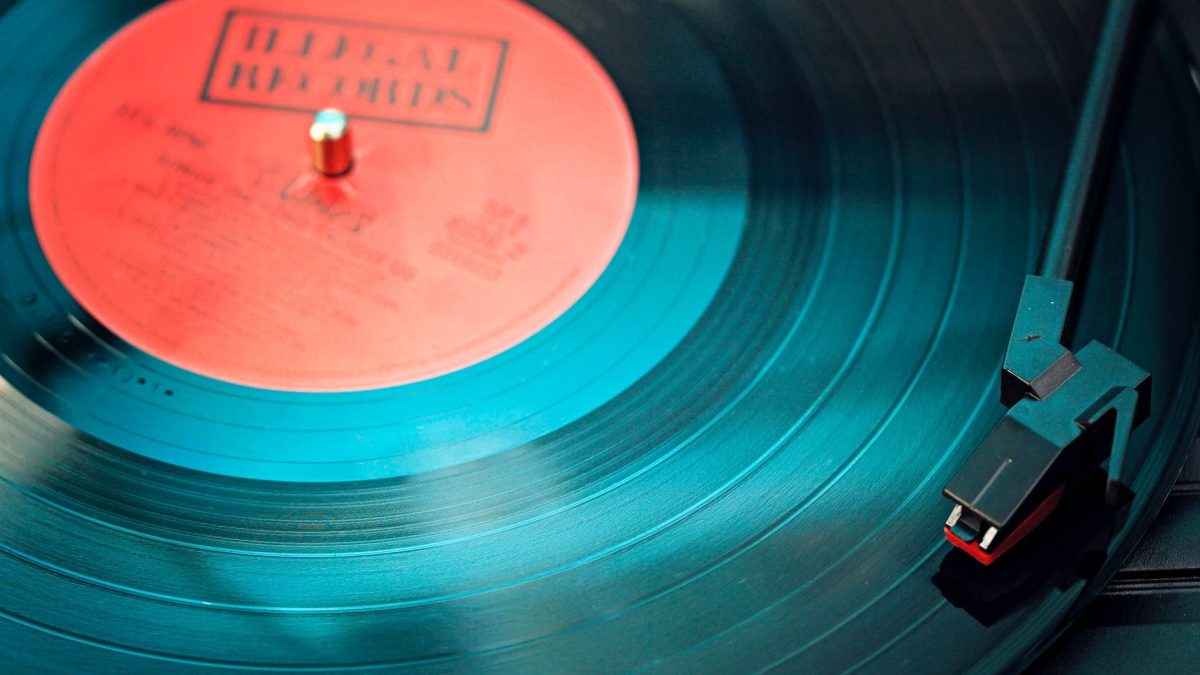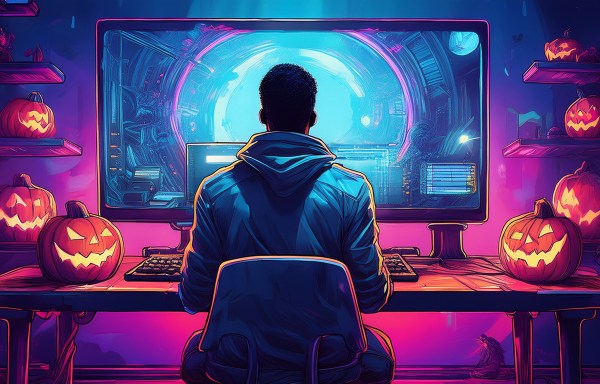We could talk about the business of the industry, its distribution model, sales channels, revenue streams and how technology influences it all. We could also study the evolution of different musical styles as new technologies offered new instruments, sounds and creative possibilities.
In addition, we can focus on the change in the consumer’s relationship with music and the social impact, and I could fill pages of examples, but I realised that in trying to develop one of these sides, I inevitably had to move on and talk about the others, because like a polyhedron, all the sides are part of the same object and you cannot understand an object by analysing only one of its sides.
In the end I decided to focus on technology and its impact. In the way we relate to music, but inevitably, I will have to jump from one side of the polyhedron to the other in order to develop “something” of the idea.
My personal experience
I have been a musician for as long as I can remember. There are many colleagues who also work at Telefónica, and in other companies, who are musicians and many of them do it better than me. What I am going to tell you is based on my experiences and the knowledge I have acquired from those experiences, but they are perfectly debatable and are in line with my experience; another musician may tell you something else. So here we go.
The change in the business model
When I started in this little world, in the 90s, the business model was based on record companies recording music and distributing it to the different shops in physical formats (vinyl records, cassette tapes, VHS, then CD, DVD, etc.).
The promotion channels were basically three: radio, television and press. The supply was controlled by the record companies and the chances of commercial success of the record depended to a large extent on the investment made in the media. Artists had three main sources of income: royalties, concert fees and image rights. This model has been in place for more than 100 years (the phonograph was invented in 1870).
At the beginning of the year 2000, all this went into crisis with the emergence of the internet, mp3 and peer to peer services and, despite the efforts of the record companies to maintain an outdated system, which had been overtaken by technology, we have finally arrived at a new model, the current model.
The current model
In this model, where television withdrew from music promotion years ago because of the “Collins effect”, where, in my opinion, the non-specialised press rarely lends itself to give a voice to musicians, except in the case of a scandal unrelated to music (e.g. the Till Lidermann case), even if they then forget to talk about it when it is finally discovered that it was fake news (Till Lidermann again), and where most radio stations concentrate on a specific type of music that they call “mainstream”.
The main channel of dissemination and distribution of music for music lovers is on the internet, social media and music and video platforms. Social media, audio platforms and streaming video have replaced not only the promotion channels, but also the distribution channels for music. And except for vinyl fans, how many people buy music in physical format? In this new scenario, I can highlight the following particularities:
The importance of advertising
As we explained a moment ago, in the 90s the means of promotion were radio, television and the press. For a record, as for any product, an important part of the success was due to a good advertising campaign. Money was invested to get their songs in the media: the more money invested, the more exposure; and usually, the more commercial success. The channels being what they were and the public having no alternative, commercially successful artists became well-known public figures where “success” (understood as the ability to earn money with your art) could be measured in direct relation to the number of people who knew you. There were and still are niche markets (jazz, heavy metal, blues, reggae, etc.) but the bands and solo artists who transcended their niches, and became more mainstream, were the top of the industry.
With the new model based on social media promotion and exposure, the relationship between “being famous” and success is not so clear. Today we all have our “personal celebrities”. The crossover celebrity has not disappeared, there are still artists known to the vast majority of the public, but the bulk of professional musicians have their niche and are only known to that niche. I listen to many artists and bands with millions of plays on Spotify and YouTube, internationally awarded, and when they go to play in Madrid, if you’re not smart, you don’t get a ticket. When I talk about them at lunch with my work colleagues, they look at me like “cows watch the trains go by”, but the same thing happens to me with what they listen to. Nowadays, our musical references are almost “personal and non-transferable”.
The last edition of OT recently ended on a pay-per-view platform. It was a resounding success, however, its protagonists could walk through a crowded shopping centre and many people (me among them) would not recognise them, which was not the case with the protagonists of the first edition, when the current model had not yet been fully developed and the old one was still functional.
Very high technical level of the interpreters
Another consequence of the impact of the networks on music is the enormous technical and educational level of the new generations of musicians. When I started studying music … In a time long, long ago, the only way to learn was to go to class, read books and exchange knowledge with other friends who were also studying music. Nowadays, anyone who really wants to learn has literally thousands of tutorials on music theory, techniques and exercises in the palm of their hand. The result is that, as soon as you look for them, you find very young boys and girls playing at an impressive level, with a quality that I don’t have, nor will I ever have, and that most of the musicians I know of my age don’t have, except for those with a lot of classical training. I believe that there has never been a better trained youth in music, however, it is more difficult than ever for them to break the niche and reach all audiences, or even make a living from it, as we will see later on.
The ease with which an interested person can learn and the very high technical level of the performers makes the case of the syncopated rhythm mamarrachos even more embarrassing.
Notoriety
In the previous model, if you wanted to break into the market, you had to get a record company to back you. It was the record companies who decided what was played and what was not.
Nowadays, the cost of recording and mastering equipment has been drastically reduced thanks to technology and nowadays, every musician has a small home studio in their home that, with good work and knowledge, can produce recordings of a very acceptable quality. The cost of uploading these songs to the net is very small, some management companies even manage the ISRC and the UPC and upload them for free in exchange for a fairly large part of your rights and royalties for listening. Others require a not very high annual payment, but precisely because of this ease of showing your proposal to the world, it is tremendously difficult to stand out without a large investment, as we explained in the previous point.
In the end, music always finds its way
Music has been one of the artistic expressions that we know appeared with the very consciousness of human beings. Remains of musical instruments such as bone flutes or drums have been found in Palaeolithic archaeological sites alongside cave paintings. This art has survived and accompanied humanity through all the technological changes that have occurred over the centuries, evolving and adapting to each historical moment. The irruption of the internet brought with it profound social, political and consumer changes that affected music, how it is made and the relationship we have with it; despite the fact that the panorama is not easy, music survives and adapts. And it always will, because human beings have never stopped making music and will never stop making music as long as we are human.











